
- Brilliance Bearing Technology CO.,LTD
- Tapered Roller Bearings Plain Bearing Full complement Tapered roller Thrust bearing
Home> Technical Articals> Cause Analysis and Measures Research on Damage of Large Pivotal Bearing
- Address28 Cheung Sha Wan Road, Kowloon, Hong Kong
- Worktime9:00-17:00
- Phone(Working Time)00852-302075
Cause Analysis and Measures Research on Damage of Large Pivotal Bearing
2018-09-14 16:43:06The large rotary bearing is located in the pouring position of the wide and thick plate continuous caster, which is the key equipment for centering and axial restraint of the rotary motion of the rotary table. It mainly bears the pressure of ladle and the weight of the rotating arm, and also bears the tilting torque caused by the unbalanced load at both ends of the rotating arm. The lifting arm is rotated to the casting position to continuously supply molten steel for the casting machine. Rotary bearings in production and operation damage directly caused the whole wide and thick plate production line to stop production, solid need for the use and maintenance of a scientific and systematic analysis and take appropriate measures to extend the service life of rotary bearing equipment.
1. the structural form of turntable
The structure of ladle turret is various, but the revolving arm and its frame are supported on the revolving bearing device. It is composed of inner ring, outer ring and roller. The inner ring is fixed on the base by high strength bolt. The outer ring is connected with the revolving arm by high strength bolt. The clearance of revolving bearing is generally 0.3-0.5 mm wide and thick plate. The structure of the large rotary bearing is three rows of cylindrical roller combined disc bearing. The shape is external tooth type with outer diameter of 4 860 mm, inner diameter of 4 246 mm, weight of 5 661 kg, bearing equipment weight of about 216 t, rotating radius of 6 300 mm, large package load of 2 *330 t. The rotary bearing can rotate 360 degrees forward and backward and rotate. Flexible, excellent performance and compact structure.
2. main features of slewing bearings:
(1) heavy load: slewing bearing supports the Ladle Turntable's own weight plus a load of several hundred tons.
(2) Offset load: In pouring production, when the ladle filled with molten steel alternately with the empty ladle, the rotary table bears the greatest off-balance load, at this time the rotary bearing will bear the greatest tilting moment.
(3) Impact: The ladle is installed and removed by 320 t crane. The impact is unavoidable. The impact makes the parts of the turret bear dynamic load.
(4) high temperature: high temperature steel above 1500 C in ladle will produce thermal radiation to the bearing.
3. main causes of damage and failure
(1) the rotary bearing is not rigorously assembled according to the installation technology standard.
(2) abnormal wear caused by external forces during operation.
(3) spot inspection and collection operation data distortion result in deviation of analysis results.
(4) the degree of deterioration and deterioration trend of equipment are not properly grasped in spot inspection.
(5) there are no detailed maintenance objectives and plans for routine maintenance.
4.0Load analysis of slewing bearing
Unlike ordinary bearings, rotary bearings are subjected to not only radial and axial forces, but also tilting moments. In order to overcome or weaken the damage caused by tilting moment and impact force on bearing, the strength and toughness parameters of bolt pretension should be predicted in the face of how to improve the phenomenon of anchor bolt fracture.
5. factors affecting normal operation of slewing bearing
There are many unfavorable factors affecting the service life of rotary bearings in actual production, such as heavy load, eccentric load and impact caused by ladle placement when ladle is full of molten steel, which can not accurately control the direction of load; high-temperature molten steel can produce thermal radiation to rotary bearings, resulting in lubrication failure. Good and unreasonable inspection and maintenance methods, irregular operation and use, and unreasonable maintenance objectives and plans also make the rotary bearings reduce or lose their original functions, resulting in abnormal work, performance degradation, bearing damage and shorten the life cycle.
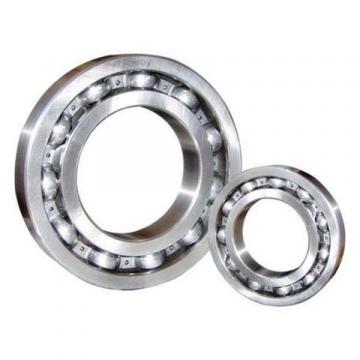 T82 Timken Thrut Roller bearing
T82 Timken Thrut Roller bearing 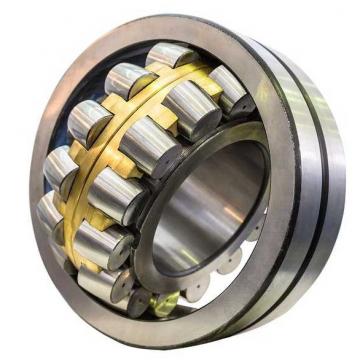 T711 Timken Thrut Roller bearing
T711 Timken Thrut Roller bearing 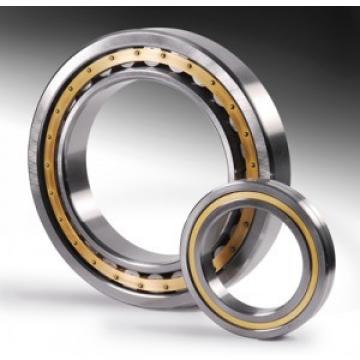 T82W Timken Thrut Roller bearing
T82W Timken Thrut Roller bearing 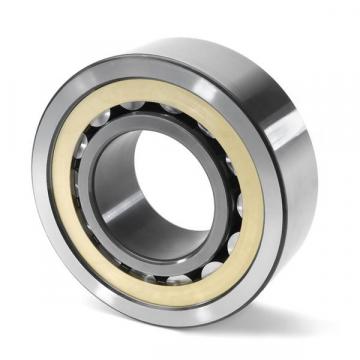 T7519 Timken Thrut Roller bearing
T7519 Timken Thrut Roller bearing 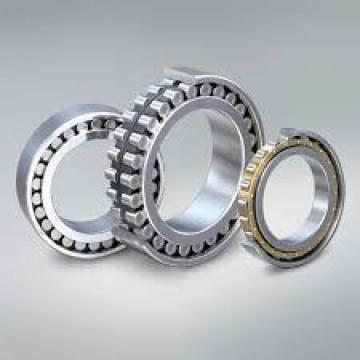 T83 Timken Thrut Roller bearing
T83 Timken Thrut Roller bearing